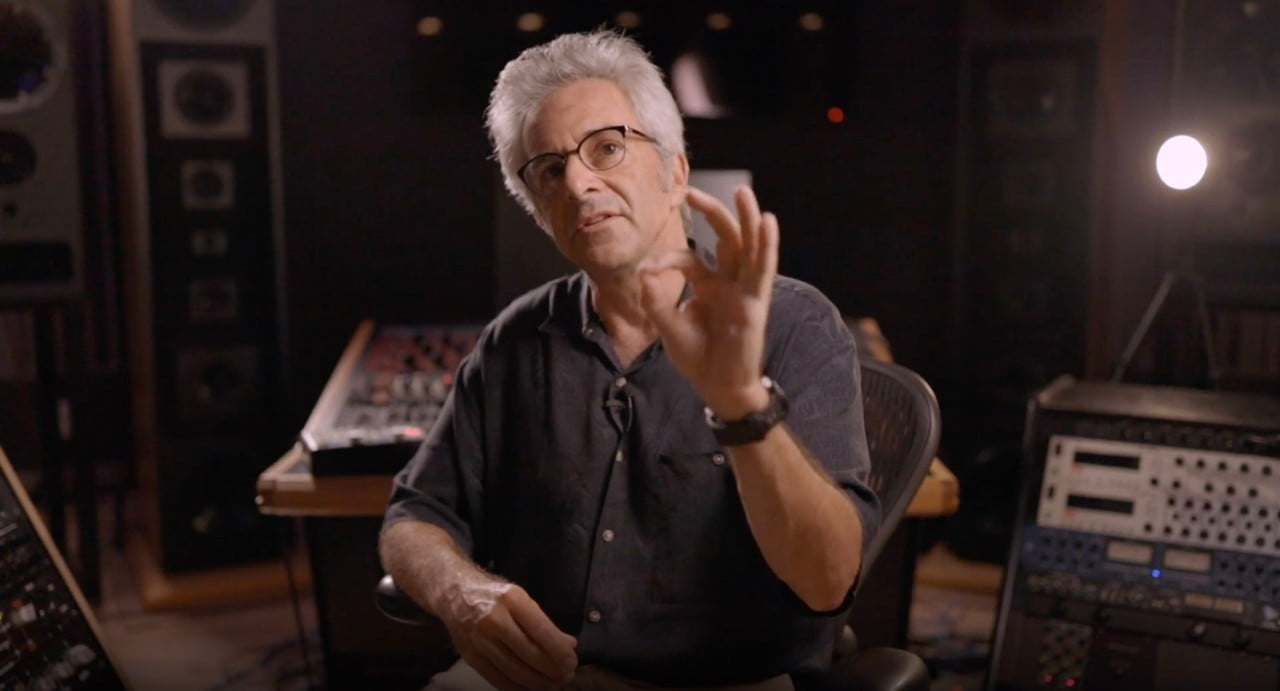Do You Need A Subwoofer to Mix Music?:
An experienced engineer can track, mix, and master records with very little—a few plug-ins, good converters, and yes, even a pair of headphones. Listen to an episode of The Mastering Show featuring Glenn Schick, an engineer who mastered J Cole’s KOD on a pair of headphones and a mobile rig.
But there is also the sense of wanting more gear, and to this I can attest: in recent years, I’ve expanded my mastering practice, working on projects for artists like Leland Sundries, Morphous, Pete Mancini, and others. Before I made the choice to get a sub, it was always more of a guessing game when it came to low-end. Relentless checks on cars, headphones, the consumer hi-fi, and more were required before sending out the final product.
Which led me to the question of the day: do you need a subwoofer?
After all, many great, inexpensive monitors extend to the lower frequencies. Focal, Avantone, and others have models that go down to 35 Hz and below. Headphones from Sennheiser, Audio-Technica, and Audeze easily reach down that low—some go even lower.
So what can a subwoofer get you that headphones cannot?


